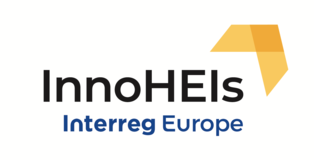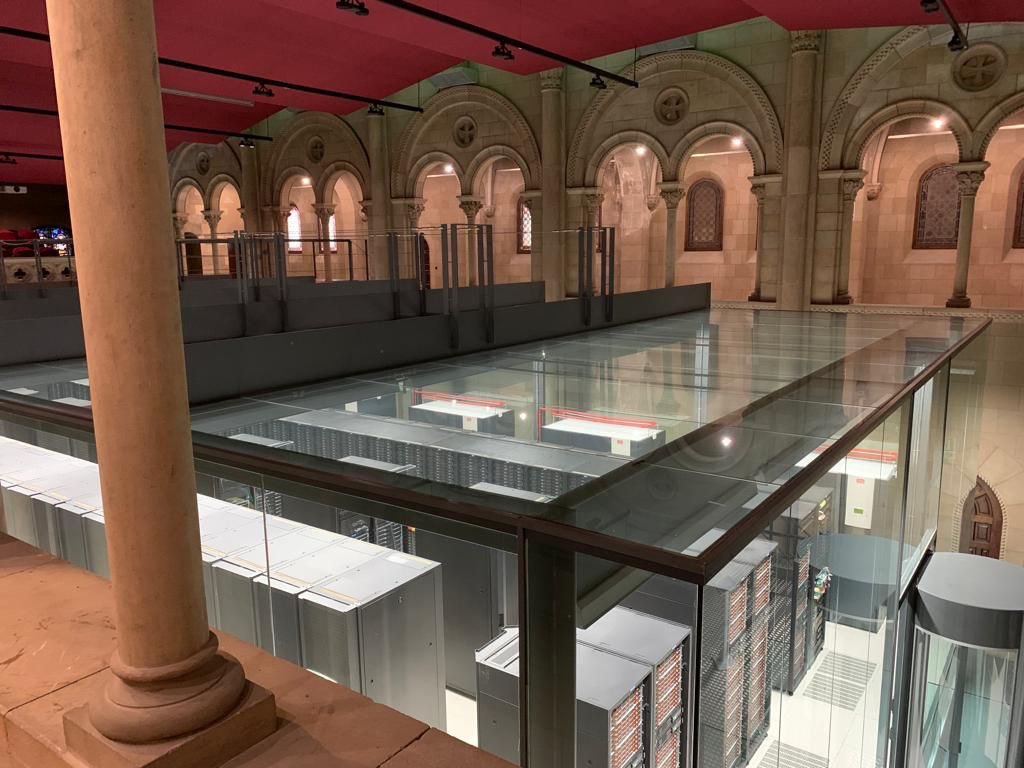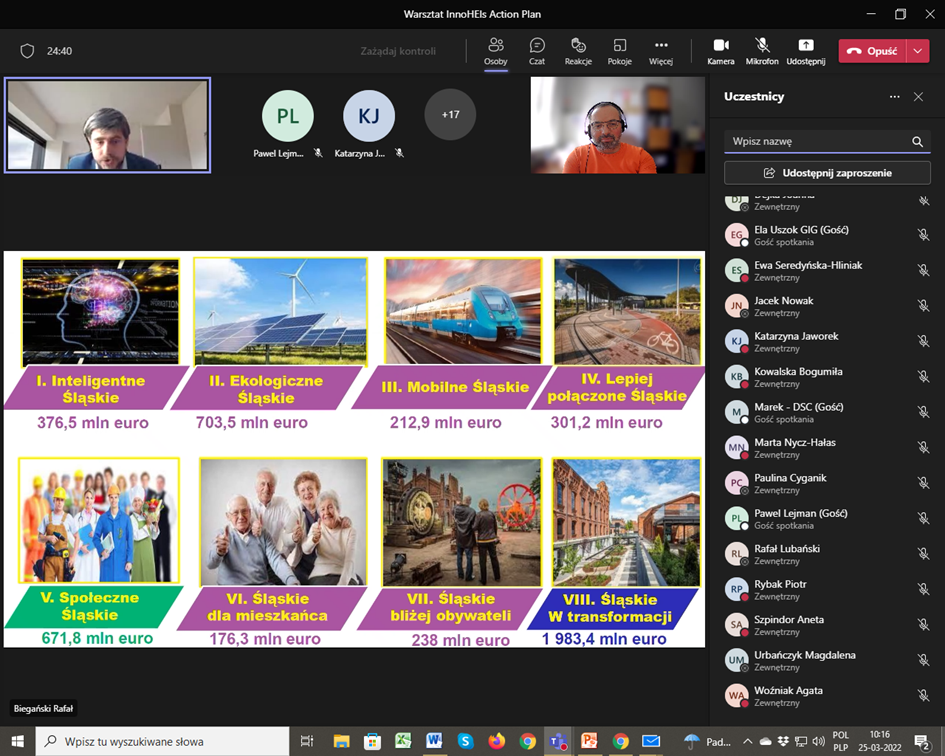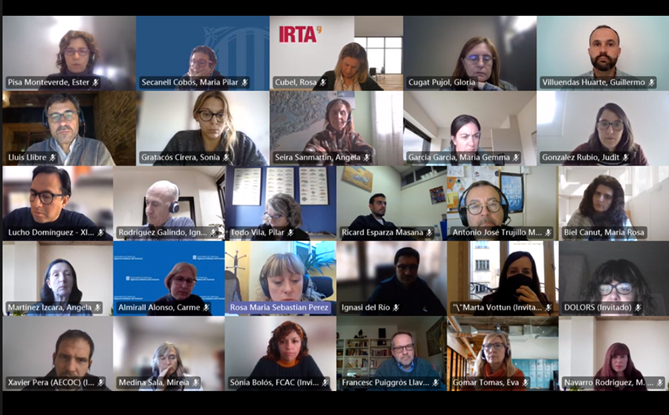Header photo: Start-up City, Centre of Expertise Entrepreneurship Hanze University of Applied Sciences
Seven European regions are countering the same challenge: how can knowledge institutions, companies and governments work together for an innovative and entrepreneurial ecosystem? The eleven partners of InnoHEIs aim for a larger role of higher education institutions in regional development.
Successful start of InnoHEIs
Universities, Ministries, Regional Development Agencies and local authorities came together in Groningen to kick off the InnoHEIs project from 10 to 12 September 2019. Partners will work together the next four years to share their knowledge, experience and best practices. What can European regions learn from each other?

InnoHEIs partners and stakeholders on a site visit at EnTranCe of the Centre of Expertise Energy in Groningen
Research and innovation infrastructure
Every region will prepare an action plan how the higher education institutes can contribute better to the regional innovation performance. And how regional research and innovation infrastructure can be better employed by business and industry.
Research and innovation infrastructure is an important part of innovation ecosystem. Partners will search for the solution how to improve the industry, business and research collaboration. All the partner organisations will involve stakeholders in the InnoHEIs process and make sure the outcomes of the project have a sustainable impact in the regions.
What are elements of the research and innovation infrastructure? The partners witnessed how the Northern Netherlands is working on a better research and innovation infrastructure. The higher education institutes of the cities Groningen and Leeuwarden have a lot of innovation projects going on. Such as:
- The Digital Society Hub in Groningen where students of Hanze University of Applied Sciences (UAS) work on innovative projects to develop for example an application for the police
- The strategich approach of NHL Stenden UAS for the service economy
- Collaboration in the water and food application centres of the Van Hall/Larenstein UAS
All these initiatives are organised as innovative workplaces in which education, research, entrepreneurship and policy comes together. They aim to create a colloaboration network in which all parties benefit and therefore the region as a whole: an innovative eco-system.

The water application centre of Van Hall/Larenstein is a part of the research and innovation infrastructure of a higher education institution
InnoHEIs focuses on the higher education institutions' and their research and innovation infrastructure. What is their research and innovation infrastructure.
- What is their influence on the regional performance and how do they respond to the regional needs?
- What can a region do to enhance research and business or industry collaboration?
Key words are demand-driven, user-driven and open innovation.
Important role for higher education institutions
Higher education institutions can play an important role in the regional development and contribute to the research and innovation strategy for smart specialisation (RIS3).
Analyses of the Northern Netherlands Provinces Allicance and the Centre of Expertise Entrepreneurship of Hanze UAS showed that there are still some gaps and fragmentation in the activities of hubs and innovation initiatives. The InnoHEIs project outcomes can contribute to a better collaboration between different players in the innovation ecosystem.
In an interactive session partners reflected on the regional diagnosis of the Northern Netherlands.
All the partners introduced their regional innovation eco-systems, as well as regional research and innovation infrastructure and the role of higher education institutions in the regional development.
Finally, the interactive discussions on the project scope and the next steps for the project implementation were held.

The following partner meeting will be hosted by the Autonomous University of Barcelona in Spain from 31 March to 2 April 2020.









